Bratwurst and Sauerkraut with Spicy Mustard
Bratwurst, a beloved sausage originating from Germany, holds a special place in the hearts and palates of many worldwide. Its name, derived from the German words “brät” meaning finely chopped meat, and “wurst” meaning sausage, perfectly encapsulates its essence. This culinary delight is renowned for its savory flavor, tantalizing aroma, and versatile nature.
Crafted primarily from a mixture of ground pork, beef, or veal, seasoned generously with a blend of herbs and spices such as nutmeg, ginger, and white pepper, bratwurst boasts a rich and robust taste profile. Its texture, often slightly coarse yet tender, provides a satisfying bite that pairs exquisitely with various accompaniments.
Bratwurst is traditionally cooked through grilling, frying, or boiling, each method imparting its unique touch to the sausage. Grilling over an open flame infuses it with a delightful smokiness while frying in pan results in crispy, caramelized edges. Boiling retains its juiciness, making it a popular choice for hearty soups and stews.
One cannot discuss bratwurst without mentioning its cultural significance. In Germany, it is a staple at festivals, gatherings, and family meals, where it is often served with sauerkraut, mustard, and freshly baked bread. Beyond its country of origin, bratwurst has found its way into the culinary scenes of many nations, embraced for its deliciousness and adaptability.
Whether enjoyed at a bustling beer garden during Oktoberfest or savored as a quick meal on a busy day, bratwurst captivates taste buds with its timeless appeal. Its popularity is a testament to the enduring allure of simple yet flavorful comfort foods that unite people across cultures and continents.
A Little History
The history of bratwurst traces back centuries to medieval Germany, where it emerged as a regional specialty in the state of Bavaria. The exact origins of bratwurst are somewhat unclear, but it is believed to have evolved from various ancient sausage-making techniques that were common throughout Europe.
The term “bratwurst” first appeared in German writings in the 14th century, indicating its longstanding presence in the region’s culinary landscape. Early versions of bratwurst were made by finely chopping meat, typically pork, and mixing it with various seasonings such as salt, pepper, and herbs. The mixture was then stuffed into natural casings made from animal intestines.
Initially, bratwurst was primarily a food for peasants and commoners due to its affordability and simplicity. However, over time, it gained popularity among all social classes and became an integral part of German cuisine. It was often consumed at festivals, markets, and taverns, where it was grilled over open fires and served with bread and mustard.
As German immigrants spread worldwide, they brought their culinary traditions with them, including the beloved bratwurst. Today, bratwurst is enjoyed in Germany and many other countries, particularly in regions with significant German heritage, such as the United States, Canada, and parts of South America.
Throughout its history, bratwurst has undergone various regional adaptations and recipe variations, reflecting the diverse culinary preferences of different communities. Despite these changes, however, bratwurst remains deeply rooted in its German heritage, continuing to delight food enthusiasts with its delicious flavor and rich history.
To learn more about the various types of wurst, be sure to check out my article called The Best of the Wurst, an introduction to German Sausages.
Sauerkraut
Sauerkraut, a culinary delight with origins deeply rooted in Central Europe, is a fermented cabbage dish cherished for its tangy flavor, crisp texture, and nutritional benefits. Its name, derived from the German words “sauer” meaning sour and “kraut” meaning cabbage, aptly describes its distinctive taste and main ingredient.
The history of sauerkraut dates back over 2,000 years, with evidence suggesting that it was consumed by ancient civilizations such as the Chinese and the Romans. However, it was in Eastern Europe, particularly in regions like Germany and Poland, where sauerkraut became a staple food. Its popularity surged due to its long shelf life, making it a valuable nutrition source during harsh winters when fresh vegetables were scarce.
The traditional method of preparing sauerkraut involves shredding cabbage and fermenting it with salt in a process known as lacto-fermentation. This process encourages the growth of beneficial bacteria, such as Lactobacillus, which convert the natural sugars in the cabbage into lactic acid, giving sauerkraut its characteristic tangy flavor and helping to preserve it for extended periods.
Sauerkraut is not only a flavorful addition to a variety of dishes but also offers numerous health benefits. As a fermented food, it is rich in probiotics, which promote gut health and digestion. It is also packed with vitamins C and K and fiber, making it nutritious for overall well-being.
In culinary circles, sauerkraut is celebrated for its versatility. It can be enjoyed as a condiment, topping sandwiches and hot dogs, or as a side dish, accompanying hearty meals such as sausages and pork roasts. Its unique flavor profile adds depth to soups, stews, and salads, making it a beloved ingredient in cuisines worldwide.
Despite its humble origins, sauerkraut has earned its place as a beloved culinary classic, cherished for its delicious taste, nutritional value, and cultural significance across generations.
Bratwurst with Sauerkraut & Mustard Recipe
Ingredients
For the Brats
- 4 Bratwurst sausages
- 2 dark beers
- 1 onion sliced
- 1 pound fresh sauerkraut
- 4 pretzel rolls hoagie rolls or long buns
- spicy mustard
For the Mustard
- ½ cup flat beer or water
- ½ cup whole mustard seeds
- ½ teaspoon salt
- 4 tablespoons dry mustard powder like Coleman's
- 1 cup apple cider vinegar
- 2 tablespoons dark brown sugar
- 1 tablespoon honey
- 1½ tablespoons prepared horseradish optional
Instructions
For the Brats
- In a saucepan, bring beer and onion to a simmer. Pierce bratwurst casings with a sharp knife. Place brats in the simmering beer, turn down the heat to just below a simmer, and let brats poach for about 6 minutes.
- Over medium coals, grill brats until they have good color, turning so they are evenly browned about 1 minute per turn.
- If not serving right away, return the cooked brats to the beer/onion mixture to keep hot.
- Split rolls almost all the way through. Place, cut side down, on the grill just to get some grill marks.
- Gently warm the sauerkraut over medium-low heat. Don't let it boil, you just want to warm it through.
- Spread spicy mustard to taste in each bun. Top with a brat and then some warm sauerkraut. Finish with more mustard, if desired.
For the Mustard
- Combine beer and whole mustard seeds. Let sit for one or two hours.
- Put soaked seeds and any remaining beer or water into the work bowl of your food processor. Add all the rest of the ingredients. Process for 30 seconds-4 minutes or so, depending on your texture preference. The longer you process, the smoother your mustard will be.
- After processing, put the mustard in a small saucepan. Let it sit for an hour, then bring to a boil over medium heat. Boil for one minute.
- Remove from the heat and cool. Cover tightly and refrigerate for three days to ripen. Mustard will thicken. After three days, adjust the consistency with another teaspoon or two of water or cider vinegar.
- Well covered, the mustard will keep for three weeks in the refrigerator.

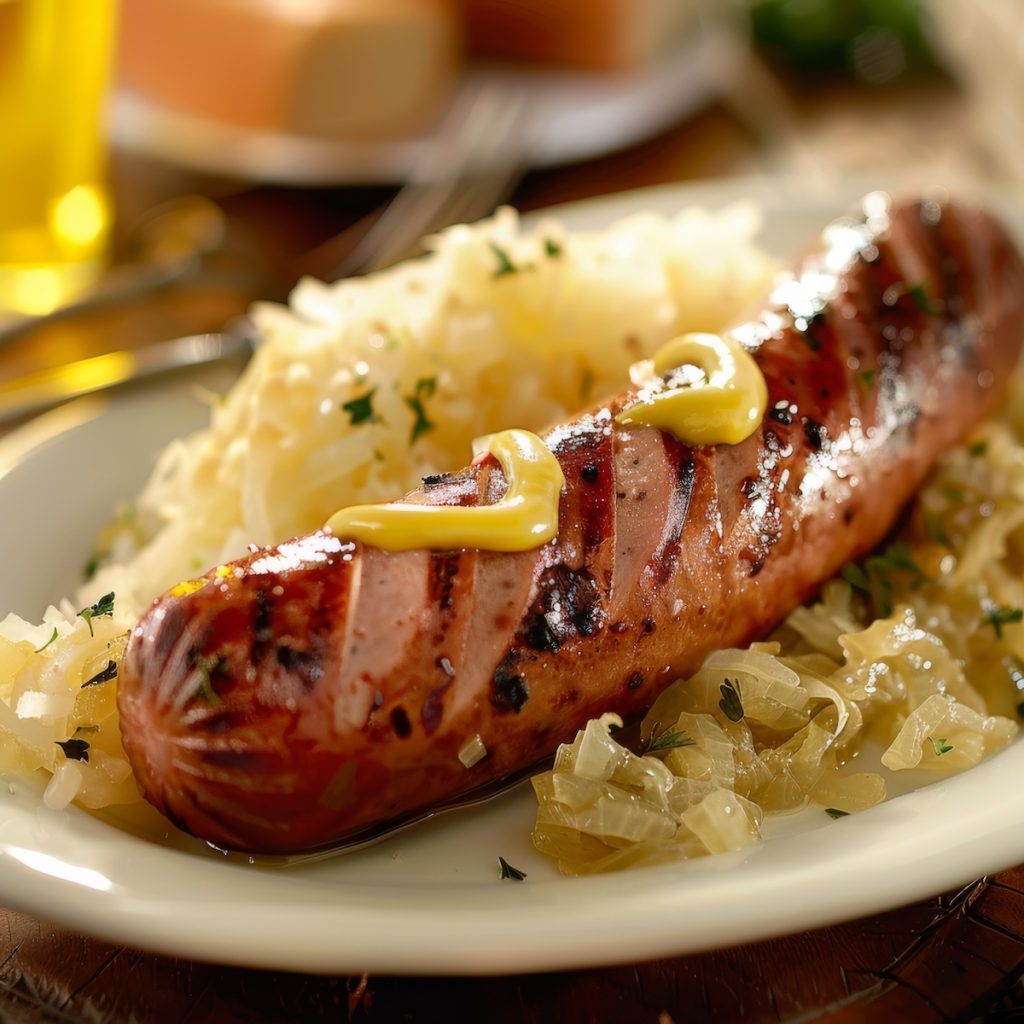




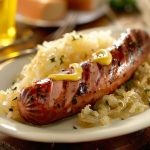
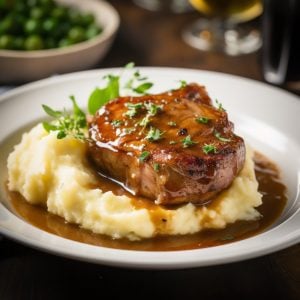
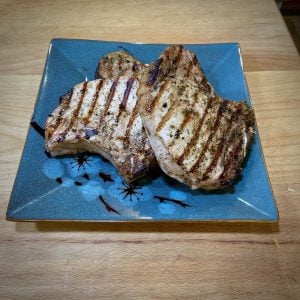
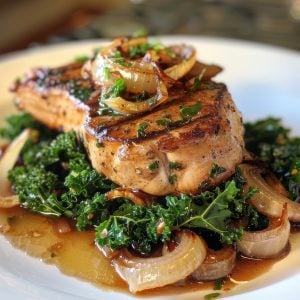

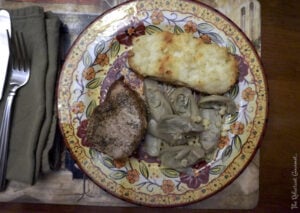
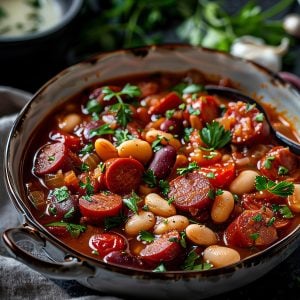
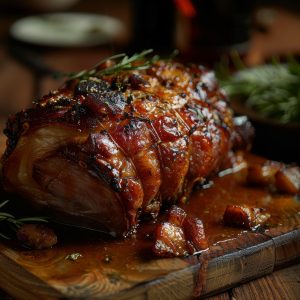
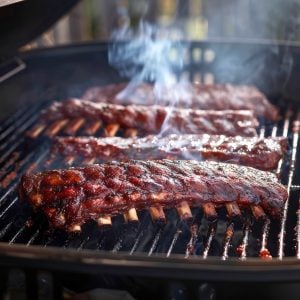


3 Responses
Is there any better dish than wurst, kraut, mustard, and a freshly baked pretzel?
Oh,……….um…………….well……………..??
(I didn’t think so.) 🙂
I agree–just about perfect! Add a frosty cold adult beverage, and you’re there!
Great job! I would like to commend you for your good work on this entry. I hope you continue coming up with useful posts like this one.